Advancements in Surgical Techniques
Innovations in surgical techniques are significantly influencing the Aortic Aneurysm Market. Minimally invasive procedures, such as endovascular aneurysm repair (EVAR), have gained traction due to their reduced recovery times and lower complication rates compared to traditional open surgeries. The adoption of advanced imaging technologies and robotic-assisted surgeries is also enhancing the precision of these interventions. As a result, healthcare providers are increasingly opting for these modern techniques, which are expected to account for a substantial share of the market. Data suggests that the minimally invasive segment is projected to grow at a compound annual growth rate (CAGR) of over 10% in the coming years, reflecting the shift towards less invasive treatment options in the Aortic Aneurysm Market.
Rising Incidence of Aortic Aneurysms
The increasing prevalence of aortic aneurysms is a notable driver in the Aortic Aneurysm Market. As populations age, the risk factors associated with aortic aneurysms, such as hypertension and atherosclerosis, become more pronounced. Recent data indicates that the incidence of aortic aneurysms has been steadily rising, with estimates suggesting that approximately 200,000 new cases are diagnosed annually. This growing patient population necessitates enhanced treatment options and monitoring solutions, thereby propelling the demand for innovative therapies and surgical interventions within the Aortic Aneurysm Market. Furthermore, the aging demographic is likely to contribute to a sustained increase in healthcare expenditures related to the management of aortic aneurysms, further stimulating market growth.
Emerging Biologics and Pharmaceuticals
The development of new biologics and pharmaceuticals is emerging as a key driver in the Aortic Aneurysm Market. Research into targeted therapies and novel drug formulations is gaining momentum, with the potential to address the underlying causes of aortic aneurysms. These advancements may lead to more effective treatment options that not only manage symptoms but also modify disease progression. The market for pharmaceuticals related to aortic aneurysms is projected to witness substantial growth, as ongoing clinical trials and research initiatives yield promising results. Furthermore, collaborations between pharmaceutical companies and research institutions are likely to accelerate the introduction of innovative therapies, thereby enhancing the overall landscape of the Aortic Aneurysm Market.
Increased Focus on Preventive Healthcare
The rising emphasis on preventive healthcare is shaping the Aortic Aneurysm Market. As awareness of cardiovascular health grows, more individuals are seeking regular screenings and check-ups to identify risk factors associated with aortic aneurysms. This trend is supported by public health campaigns and initiatives aimed at educating the population about the importance of early detection. Consequently, the demand for diagnostic imaging and monitoring devices is likely to rise, as healthcare providers prioritize preventive measures. Data indicates that the market for diagnostic tools related to aortic aneurysms is expected to expand significantly, driven by this shift towards preventive healthcare strategies. This proactive approach may ultimately lead to improved patient outcomes and reduced healthcare costs in the Aortic Aneurysm Market.
Growing Investment in Healthcare Infrastructure
The expansion of healthcare infrastructure is a critical driver for the Aortic Aneurysm Market. Governments and private entities are investing heavily in healthcare facilities, particularly in regions with a high burden of cardiovascular diseases. This investment is aimed at improving access to diagnostic and treatment services for aortic aneurysms. Enhanced healthcare infrastructure facilitates the availability of advanced medical technologies and skilled professionals, which are essential for effective management of aortic aneurysms. As a result, the market is likely to experience growth as more patients gain access to timely and appropriate care. Furthermore, the establishment of specialized centers for vascular diseases is expected to bolster the Aortic Aneurysm Market by providing focused treatment options.
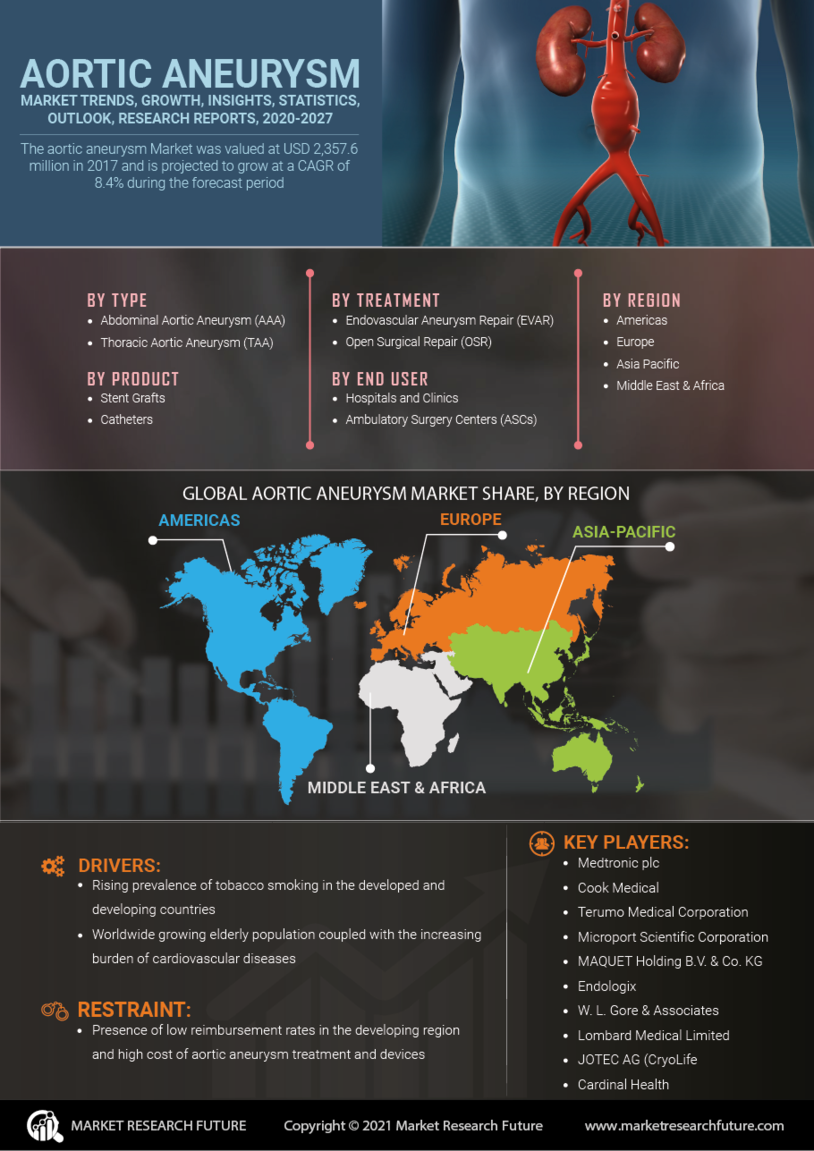

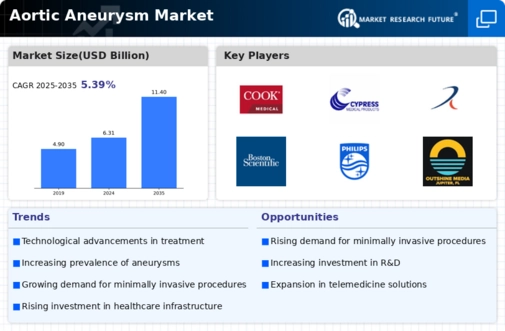
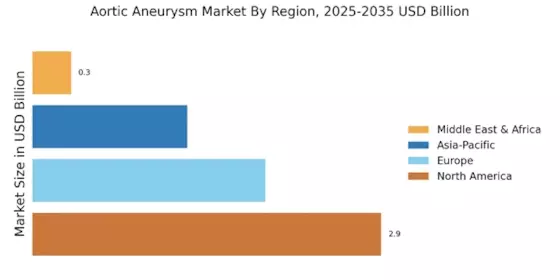


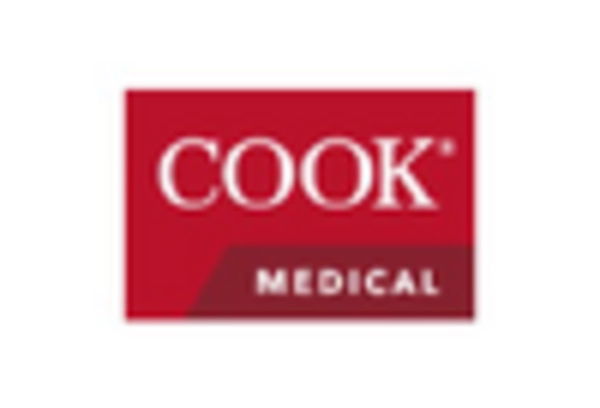


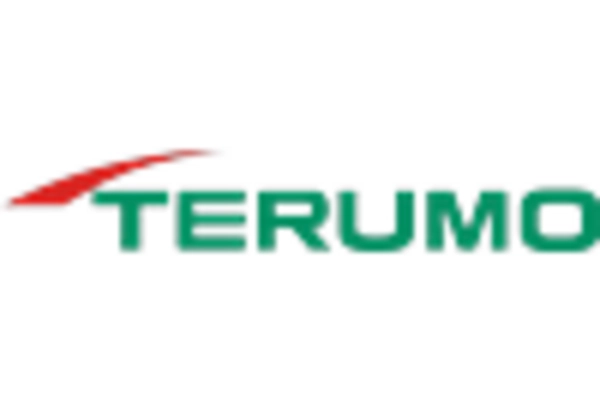








Leave a Comment